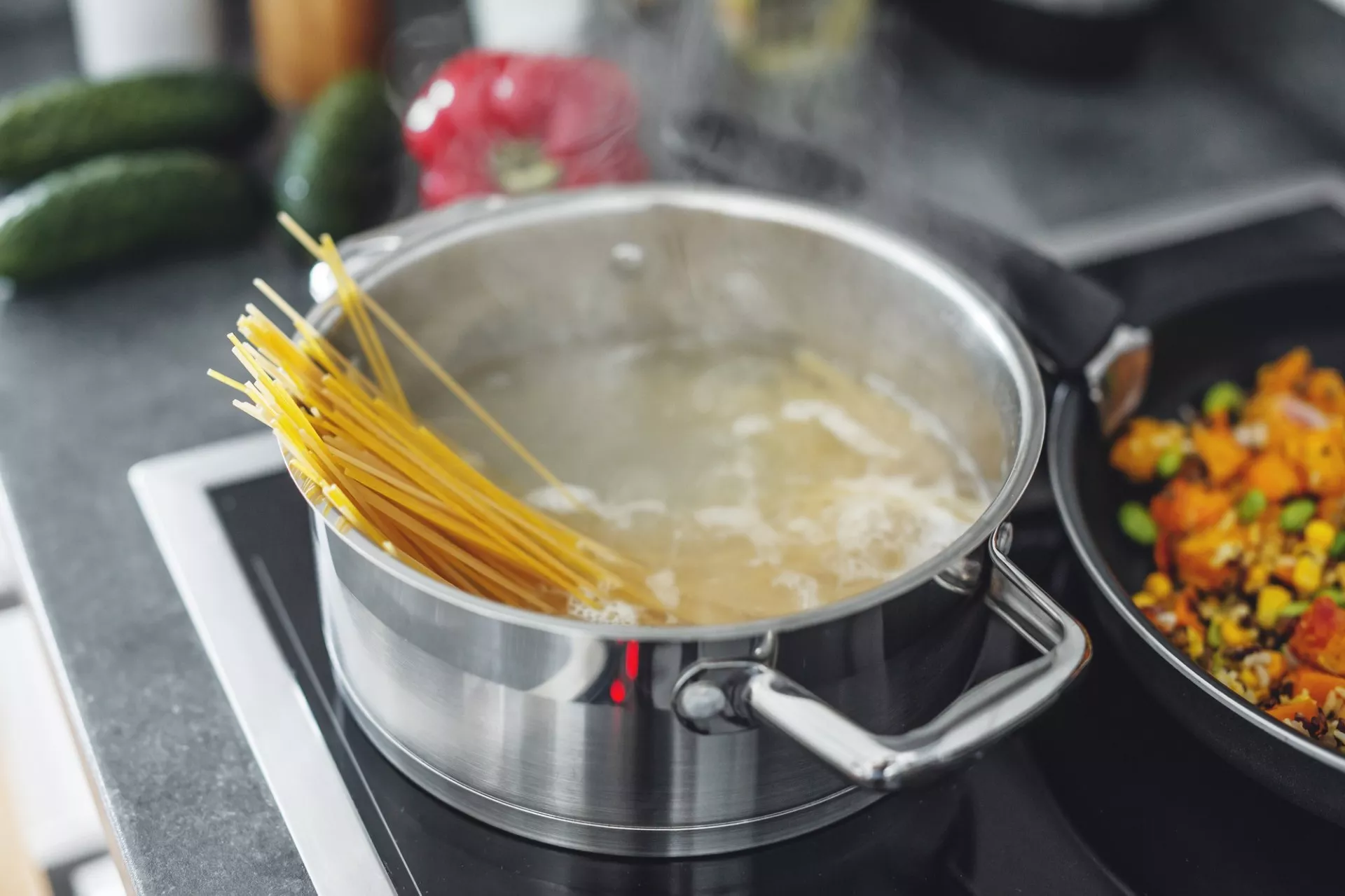Soak Your Pasta Before You Cook It
The first step of cooking a pasta dish is not the cooking part itself, but rather the soaking of the pasta. Don’t skip this step! Pasta is made from semolina, a coarse flour. Thus, it is very starchy and sticky when it comes out of the bag.
The Right Type of Water
The water you use to boil pasta is actually more important than you might think. The type of water you use can affect the taste and texture of the pasta, so it is important to choose wisely. If you have hard water in your area, you might notice a bit of an odd taste in the pasta. Soft water will make a difference in the texture of the pasta. If you have a water treatment plant in your area, the water will be soft. If you have a well, then the water will be hard. It is best to start with soft water for pasta.
You also want to make sure that the water you use for cooking pasta is at a rolling boil before you add the pasta. This is because you want the water to be boiling when it touches the pasta. If the water isn’t boiling when you add it to the pot, the pasta won’t cook properly.
Adding Salt and Oil to the Water
Many people don’t consider adding salt and oil to the pasta water. The benefit of adding oil is simple; it will stop the pasta from sticking together or to the pot. Adding salt to the water is one of the most important things you can do. It will help season your pasta while it is cooking. It will also help season the water and keep it from boiling over. Adding salt to the water is especially important if you are making pasta with a sauce that makes the water taste blander. Salt helps bring the flavour out in both the pasta and the dish as a whole.
Cooking Time for Different Types of Pasta
Different types of pasta will take different amounts of time to cook. Some pasta should be eaten al dente, or with a very firm texture, while other types are meant to be eaten softer. For example, you’d want to cook penne pasta for about 12 minutes. Fettuccine pasta should be cooked for about 8 minutes. Spaghetti noodles should be cooked for about 7 minutes. If you aren’t sure how long to cook the pasta, you can always check the directions on the back of the bag. They should give you an accurate time that works for most pasta.
Don’t Forget to Drain!
The next step in cooking pasta is to drain it. You can use a colander, or a pasta pot with a built-in colander. Make sure you use a spoon or something to stir the pasta while it is draining so that it doesn’t get stuck. You should also remember that the pasta continues to cook slightly even when taken out of the water, which is why many people immediately rinse the pasta with cold water.
When draining the pasta, it may be worth keeping a cup or so of the water. The water will be full of starch, so it can be used to thicken any sauce that you are making to go with the pasta.
Conclusion
Pasta is one of the easiest dishes to make. You can use it as a main dish or as an appetizer and pair it with almost any kind of sauce. However, cooking pasta not quite as straightforward as many people claim. Luckily, it isn’t hard to master, even for absolute beginner cooks. Therefore, don’t be afraid to try it at home! Keep all of the above information in mind and you can be sure of enjoying perfect pasta every time!

 How to Cook Broccoli
How to Cook Broccoli How to Cook Rice
How to Cook Rice



